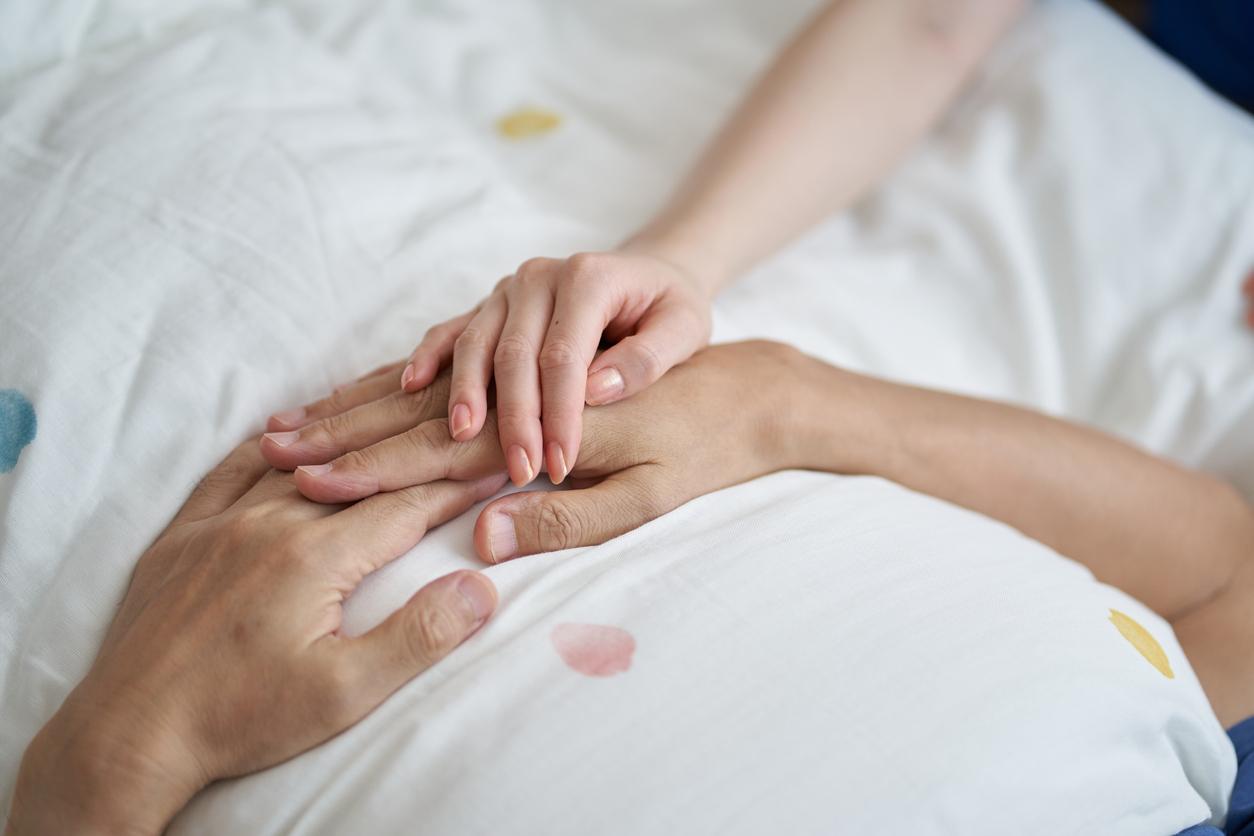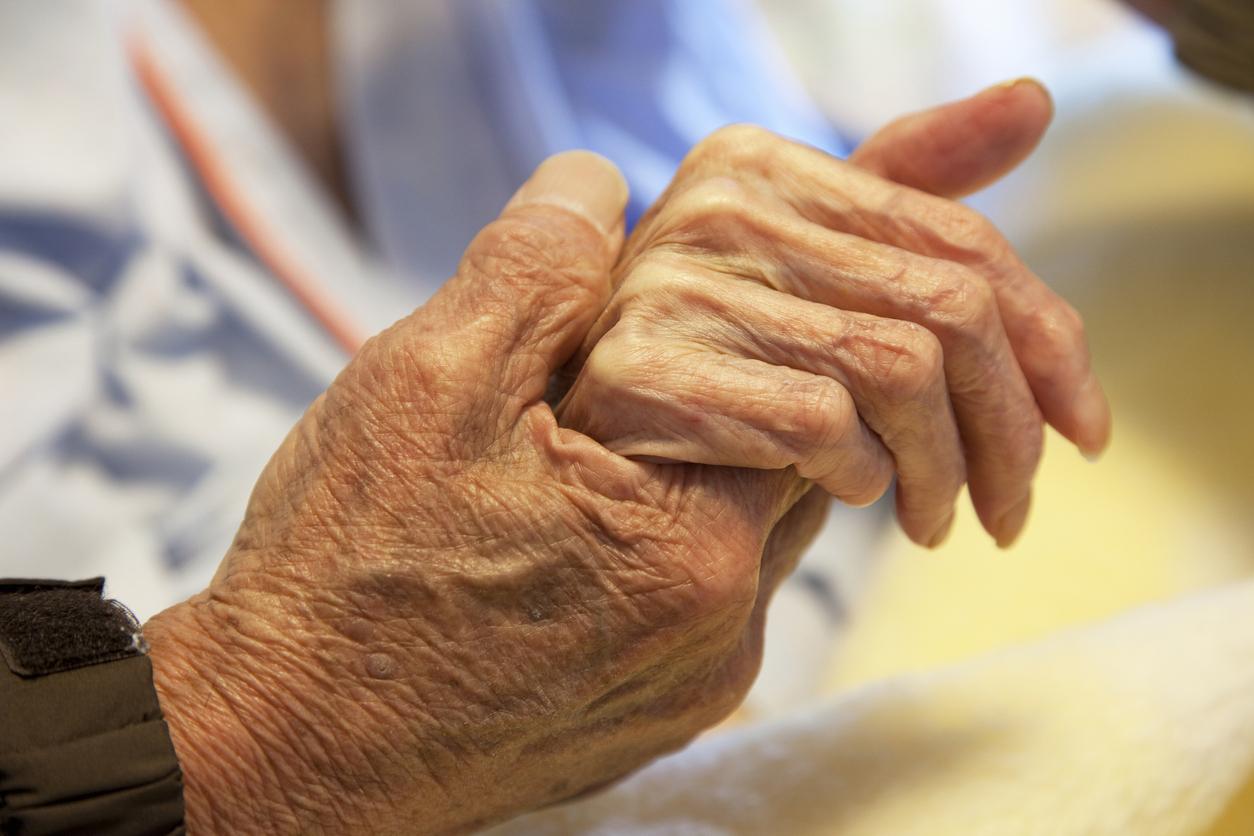The Reims University Hospital (Marne) has once again declared itself in favor of stopping treatment for Vincent Lambert, hospitalized in a vegetative state since 2008. What does stopping medical care consist of? How is it going? What is the difference with active euthanasia, which is prohibited in France?

This Monday, the Reims University Hospital again spoke out in favor of stopping the treatment of Vincent Lambert, a 41-year-old quadriplegic who has been alive in a vegetative state for 10 years. A fourth collegial procedure was launched last September, at the end of which Dr. Vincent Sanchez found “unreasonable stubbornness” and decided to stop artificial feeding, as well as decrease the patient’s hydration.
This decision joins that of Dr. Eric Kariger who had initiated an end-of-life protocol in 2013 with Rachel Lambert, wife and legal guardian of Vincent Lambert. Vincent’s parents, previously opposed to stopping their son’s treatment, will have 10 days to lodge an appeal against this decision if they wish. The case would then be brought before the administrative court, then the Council of State.
What is called stopping treatment?
How does this step take place? There is a very precise protocol, but it is difficult for a doctor to talk about a medical act, even if it should. However, this is not active euthanasia, which is moreover prohibited in our country. In the case of Vincent Lambert, there is an “end of life” protocol, which consists in stopping the patient’s diet and hydration, and in prescribing anesthetic drugs.
As terrible as it sounds, it can mean “letting the patient die of thirst and hunger”. But two important factors must be taken into consideration: the brain only functions automatically, without consciousness, and the anesthetic drugs used leave no room for moral or physical suffering. You should know that today we use products a million times more powerful than morphine.
Active and passive euthanasia
Why don’t doctors use the deadly drugs they know perfectly well? Quite simply because the law is very strict. Deliberately and quickly ending a life to put an end to suffering is called active euthanasia and is assimilated in France to homicide. In contrast, stopping treatment or giving large doses of pain medication with the intention of providing relief, even at the risk of shortening life, is called passive euthanasia. The nuance is important.
.















